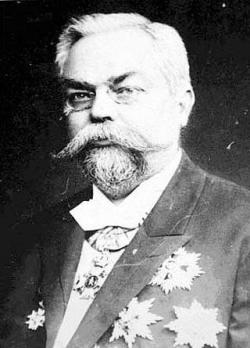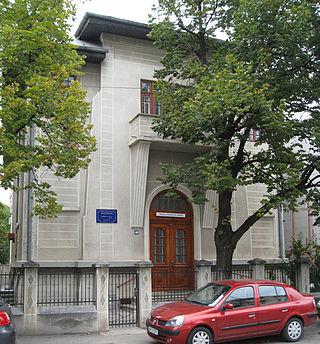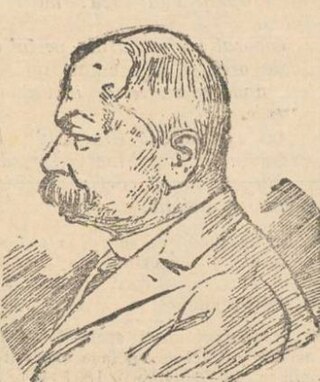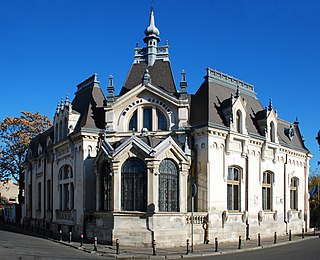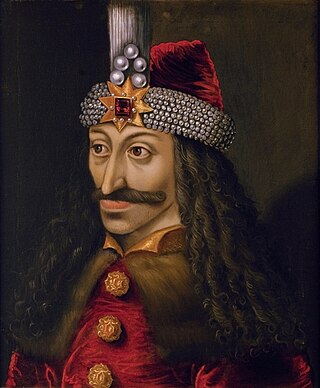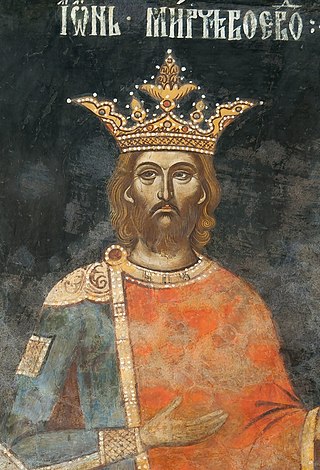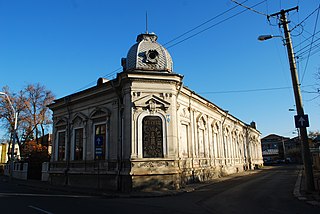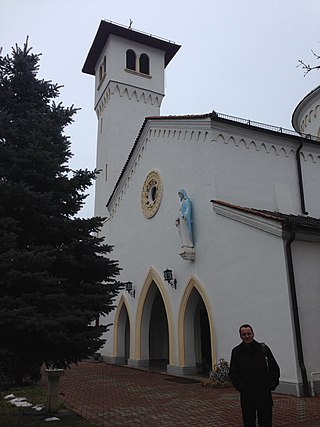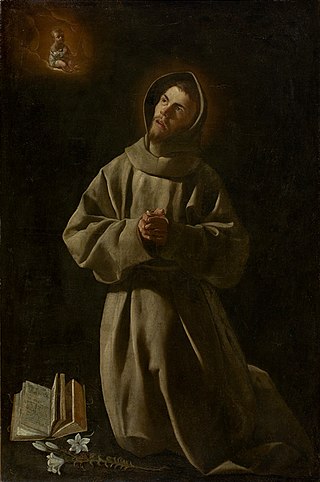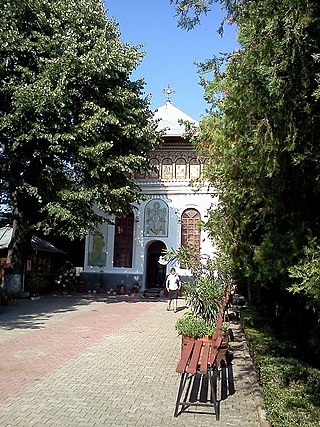Self-guided Sightseeing Tour #5 in Ploiești, Romania
Legend
Tour Facts
5.3 km
38 m
Experience Ploiești in Romania in a whole new way with our self-guided sightseeing tour. This site not only offers you practical information and insider tips, but also a rich variety of activities and sights you shouldn't miss. Whether you love art and culture, want to explore historical sites or simply want to experience the vibrant atmosphere of a lively city - you'll find everything you need for your personal adventure here.
Individual Sights in PloieștiSight 1: Biserica Sfântul Pantelimon
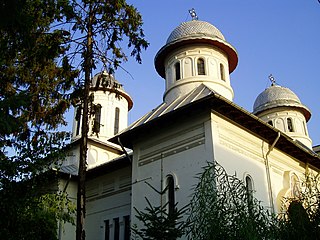
Saint Pantelimon Church in Ploiesti is a place of worship located on Democracy Street, no. 71, in an old working-class neighborhood near the former 1 Mai Plant and the Ploiesti Sud Station.
Sight 2: Inginer Anghel Saligny
Anghel Saligny was a Romanian engineer, most famous for designing the Fetești-Cernavodă railway bridge (1895) over the Danube, the longest bridge in Europe at that time. He also designed the storage facilities in Constanța seaport, one of the earliest examples of reinforced concrete architecture in Europe.
Sight 3: Biserica Evanghelică Română
The Evangelical Church of Romania is a Protestant denomination that emerged out of the Romanian Orthodox Church. It is one of Romania's eighteen officially recognised religious denominations.
Sight 4: Radu Stanian
Radu Stanian was a reputed lawyer from Ploiesti, a liberal politician of radical overtones, a participant in all the great events of his time, including the electoral battles of 1869 and the anti-dynastic movement of 1870. He was a deputy and senator, often in opposition, and on several occasions mayor of Ploiesti, his name being linked to many municipal achievements.
Sight 5: Nicolae Simache Clock Museum
The "Nicolae Simache" Clock Museum is a county museum in Ploieşti, Romania. Organized on the initiative of Professor N. I. Simache, as a section of the History Museum, it dates back to 1963. It was first installed in a hall in the Palace of Culture, until, through acquisitions, it acquired such a rich heritage that it needed its own premises. The Luca Elefterscu House was then made available to him, which was adapted to the new purpose; The arrangement works were completed in 1971 and the museum opened in January 1972.
Sight 6: Prof. Nicolae Simache
Nicolae Simache was a Romanian professor, historian and publicist. In 1963, he founded a clock museum named Nicolae Simache Clock Museum in Ploieşti, Romania.
Sight 7: Vlad Țepeș
Vlad III, commonly known as Vlad the Impaler or Vlad Dracula, was Voivode of Wallachia three times between 1448 and his death in 1476/77. He is often considered one of the most important rulers in Wallachian history and a national hero of Romania.
Sight 8: Mircea cel Bătrân
Mircea the Elder was the Voivode of Wallachia from 1386 until his death in 1418. He was the son of Radu I of Wallachia and brother of Dan I of Wallachia, after whose death he inherited the throne.
Sight 9: Dr. Ing. Ion Şt. Basgan
Sight 10: Carol Nicolae Debie
In the municipality of Ploiesti, among the statues and monuments existing in public places, there are also a series of busts of prominent personalities born in Ploiesti or whose activity is closely linked to this city.
Sight 11: National Museum of Oil
The National Petroleum Museum in Ploiesti was inaugurated on October 8, 1961, as a result of the celebration of the centenary of the Romanian oil industry, in 1857. It is among the only museums of its kind in the country and in Europe. Hosted by a beautiful edifice that allowed the arrangement of some rooms and with a courtyard that was transformed into an open-air exhibition. The museum's patrimony has grown from 800 pieces in 1961 to over 8,000 in 1994.
Sight 12: Biserica Romano Catolică Cristos Rege
The "Christ, King" Church in Ploiesti is a Roman Catholic place of worship located in Stefan cel Mare Street no. 13, which serves as a parish church within the Roman Catholic Archdiocese of Bucharest.
Sight 13: Sfântul Anton de Padova
Anthony of Padua, OFM, or Anthony of Lisbon was a Portuguese Catholic priest and member of the Order of Friars Minor.
Sight 14: Biserica Sfinţii Voievozi
The Church of the Holy Voivodes in Ploiesti has its name from the first patron saint of the church, in 1628, and from the existing data in the archive it is believed that it is the second oldest church in the city of Ploiesti, after the Princely Church. Before the current parish church there was a church built of wooden beams, from 1648, but in 1711 the construction of the current church began, ending in 1720. The church preserves the Brâncoveanu style as architecture, being a historical monument of architecture. Between 2000 and 2005 consolidation works were carried out, capital repairs with sub-construction, the old painting was removed, because it had no heritage value, and a new painting was made between 2002 and 2005, in the fresco technique.
Wikipedia: Biserica Sfinții Voevozi din Ploiești (RO), Website
Sight 15: Biserica Buna Vestire
The "Annunciation" Church in Ploiesti is located about 300 m from the center of Ploiesti, on Plevnei Street number 2.
Sight 16: Biserica Domnească Sfinții Apostoli Petru și Pavel
The Princely Church of Ploiesti, dedicated to the Holy Apostles Peter and Paul, is a historical monument located on the territory of Ploiesti. In the National Archaeological Repertoire, the monument appears with the code 130543.36.
Share
Disclaimer Please be aware of your surroundings and do not enter private property. We are not liable for any damages that occur during the tours.
GPX-Download For navigation apps and GPS devices you can download the tour as a GPX file.
